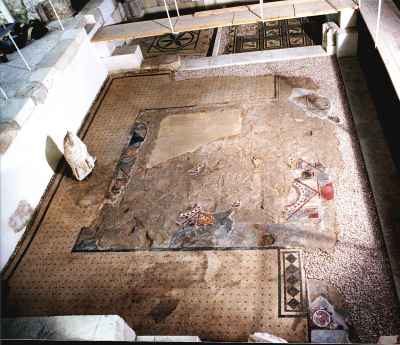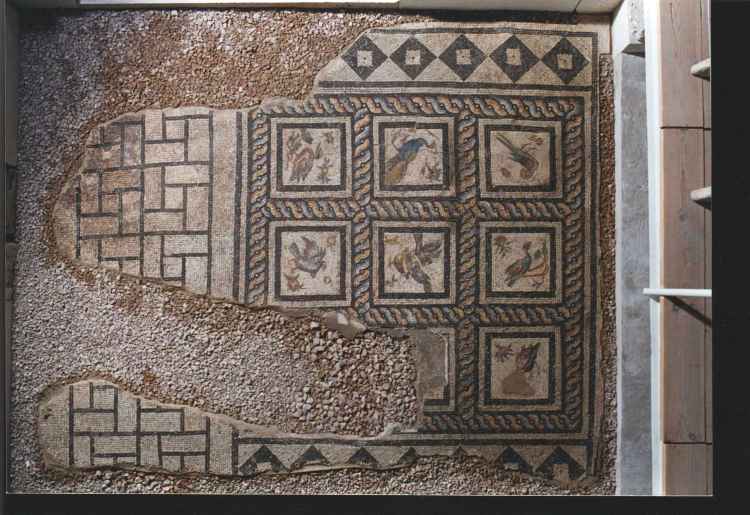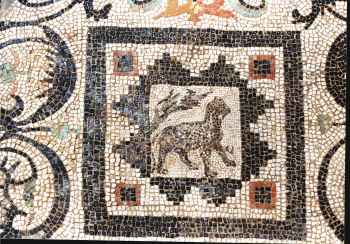 |
The villa was discovered by the members of the Egyptian-Polish mission during
their forty years of work at Kom El Dikka, Alexandria. In 1998, a group of
competent archaeologists and conservators began the work to preserve and
present the mosaics to the public. The successful completion of the project
resulted from the partnership between the Supreme Council of Archaeology
(SCA), the American Research Center in Egypt (ARCE) and United States Agency
for International Development (USAID). This project is one of numerous
restoration activities in Egypt under the Egyptian Antiquities Project, which
began in 1993. The Director of the mosaic project was Dr.Wojciech Kolataj,
architect, who was assisted by Dr.Grzegorz Majchereck, archaeologist, Ewa
Parandowska, conservator, Essam Mursi, conservator, Ramadan Abdel Rehim, mason
and Mohamed Fawzi laborer. |

